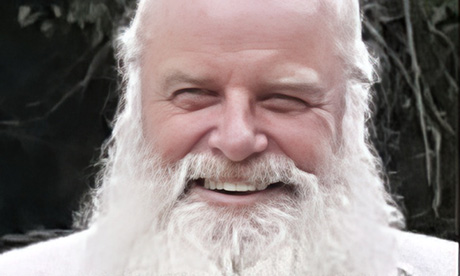The Catholic Church in Australia voted in favour of the ordination of women to the diaconate and is putting the issue forward to the 2023 Synod of Bishops.
Participants at the 1998 Wellington Archdiocesan Synod voted in favour of a lay pastoral leadership model rather than introducing the permanent diaconate, the major motivator reportedly that both women and men might then participate in parish leadership.
Whilst the preparatory sessions for the Synod 2023 are calling for the opportunity for increased participation in leadership in the Church for women, there are conflicting views on the diaconate.
These are probably best summarised by two opposing views of participants on the commission studying the question of women in the diaconate in the Catholic Church.
On the one hand, Phyllis Zagano (Women: Icons of Christ) demonstrates almost conclusively that, historically, certainly for much of the first millennium, both men and women were ordained to the diaconate by the same bishop, at the same liturgy, using the same words and ritual.
Then on the other hand, Deacon Cerrato (In the person of Christ the Servant – a theology of the diaconate based on the personalist thought of Pope John Paul II) takes the purely Thomist approach that there is a unicity in Orders that sees the bishop, priest and deacon share in the Alter Christos, each in his own way, and therefore if women are admitted to the diaconate (which he argues they can’t be), then equally they might be admitted to the priesthood and the episcopacy.
Both views are fraught.
One needs to be mindful that one cannot read current practice or understandings into historical practice and understanding.
“Ordination” has a different meaning now from what it did during that first millennium.
The current Thomist view of “ordination” developed early in the second millennium is based on the Aristotelian thinking of the schoolmen.
In considering whether to move toward the ordination of women to the diaconate, the Church, and indeed individual women, needs to consider if they wish to perpetuate a clericalist system originating from the “political needs of the church as a public body within the Roman Empire” (Thomas O’Loughlin, Discipleship and Society in the Early Churches) and which perpetuates that model: hierarchical, patriarchal and arguably misogynist.
Pope Francis has an often-expressed dislike for such clericalism.
He is looking to grow a distinctly lay ministry in which both men and women can participate.
As Archbishop of Buenos Aries, he instructed his priests: “If you can, rent a garage and find some willing lay (person), let them go there, do a little catechesis and even give communion” (cited in Vallely, 2013, Pope Francis, Untying the Knots. Kindle loc. 2237).
Francis is also appointing women to senior positions within the Vatican.
In Pope Francis’s view, the laity has historically and still ‘proclaims God’s word – teach, organise communities, celebrate certain sacraments, seek different ways to express popular devotion and develop the multitude of gifts that the Spirit pours out in their midst’ (Querida Amazonia, QA #89).
Francis expounds on his vision for lay ministry and leadership.
“In some cases, a ministry has its origin in a specific sacrament, the Sacred Order: it pertains to the “ordained” ministries of the bishop, the priest and the deacon. In other cases the ministry is entrusted, with the liturgical act of the bishop, to a person who has received baptism and confirmation and in whom specific charisms are recognised, after an appropriate journey of preparation: we then speak of ‘instituted’ ministries.” (Explanatory letter to Spiritus Domini).
In that same letter, Francis goes to some length to explain that the development of lay ministries in no way detracts from the ordained ministry but rather enhances it.
O’Loughlin posits what might be seen as an alternative approach: “Where two or three are gathered in the name of Jesus, he is with them (Matt 18:20) and so their actions together – such as celebrating a meal – take place in the presence of the Father, because Christ, present among them, is always their High Priest.
“This theological vision has important implications for individual Christians who find themselves performing specific acts and ministries, within the church.
“There is no suggestion in the first-century documents that leadership at the two key community events, baptism and eucharist, was restricted in any way or the preserve of those who were community leaders.
“Any subsequent distinctions such that particular ministries are not potentially open to every baptised person are tantamount to a defective theology of baptism by which all ministry is brought into being.”
Zagano suggests that the existing framework can be modified by changing one word in Canon Law.
Perhaps rather than enter into the existing framework, the Church might consider changing the framework such that lay women and men who have completed a programme of formation are authorised to do the very things that ordination to the diaconate authorises as a norm rather than as an extraordinary mandate:
- the authority to baptise,
- witness marriage,
- preside at funerals,
- proclaim the gospel,
- give homilies during the Mass, and
- offer a ministry of service.
Joe Green is a lay pastoral leader and director of parish mission in Ohariu, Wellington.
- First published in “Launch Out Letters”, the journal and newsletter for lay leaders and ministers. Republished with permission.
News category: Analysis and Comment.




